It’s time to get started now I have worked out what my initial Learning Spanish plan of action is going to be, and identified what online resources I am going to use.
It is part of my plan to become familiar with the language. So 10 minutes will be spent on reading the news, 10 minutes on listening to the radio and then 10 minutes watching TV.
I figure I can do one activity in the morning, one at lunch time and one in the evening.
The aim is to tune in my brain, and start to build up my vocabulary by catching words.
But I am also looking for ways to speed up the process and find shortcuts to get ahead quicker. That means I have been looking at some resources about learning languages quicker.
I’m Not The Only One To Think Like This
Yesterday I started scanning the book “How to Learn Any Language” by Barry Farber.
A couple of things sprang out for me:
– The first thing I spotted was this fabulous quote about expectations when you are encountering a native speaker and you engage in a dialogue with them (p103):
“When you encounter a native speaker of your target language, and when you start a conversation in that language, 3 things are certain:
– You will be stuck for words you need but don’t know
– He will use words you don’t understand
– You will make mistakes”
What a brilliant thing to come to understand. These problems are part of the process and are to not only be expected, but embraced as learning opportunities. This is certainly where a growth mindset will come in
– The second thing I spotted was this summary of his approach which is:
– A multi track approach – multiple sources of input
– Harnessing hidden moments to turn any idle time into a mini-lesson
– Using mnemonics to remember vocabulary
– Immersing yourself in the language
What is quite interesting to see is how I have independently come to the same sort of conclusions. I am therefore encouraged I am on the right track.
– The third thing that struck me very powerfully was where he debunked some of the myths about learning a language on page 38. The most important one was the expectation that listening to language audios in the background is the route forward.
NO!!! – you have to dive in and study every single word, review it multiple times and really embed it into your memory – it is going to take work.
Start Reading The News
So with those thoughts in mind this morning I set about doing the reading by going to the RTVE website and browsing the news.
Rather than pick something from the home page, I thought I would explore something cultural so I clicked on the “Cultura” link and discovered a story about the passing of Chuck Berry at this url.
I set a timer for 10 minutes because I felt that was as long I was going to apply myself to this learning task. However once the clock was ticking, it was a good minute or so before I actually got going on the task because I was searching for something to work on. Surfing time isn’t really learning time!
A key point there – pick your post THEN start the timer.
Now I have been scanning the news and listening to Spanish radio (albeit in the background) for about a week now and so I have started to notice a few common words. Anticipating that, I knew there would be nuggets for me to mine and put in my flash card system.
I have decided to use Brainscape at this stage. The main reason is that I have had it on my phone for a few years now and have been recommending it to students I work with. I have dabbled with it a bit so this is a good excuse to get on and use it.
Back to reading the news…
Starting with so much new information can be overwhelming at first, especially as most of it you won’t understand.
So if you are at the very beginning of your language learning journey, my recommendation is to take the pressure off yourself. Just ease yourself in by ONLY scanning a Spanish language news site for 10 minutes a day for about a week. You can add the other exercises in as you go along.
Take it at your own pace and just start to get comfortable with what you see. Have ZERO expectations that you will understand anything just yet. You might recognise a few familiar words but that is all you should focus on for the first week. Just get familiar.
Today, here is what I did.
STEP 1 – I picked a paragraph (see the one below) and then WROTE IT OUT long hard with pen and paper, saying out aloud (as best I could at this stage) what I wrote.
There are a number of reasons for this:
– It kept me concentrated on the task
– I expect to get used to the formation of the words as I write them
– I am sure I can’t help but allow some of the the syntax, structure, vocabulary and grammar – even if it is just a tiny amount – be absorbed into my subconscious each time I do it
– I will engage my visual, auditory and kinesthetic modalities in the process
So here is the paragraph I copied out:
STEP 2 – Then what I did was I circled the words with the following criteria:
- – Words I was either familiar with
- – Nouns I was interested in
- – They were other words I was curious about,
- – or just words that for some reason seemed important to the piece.
For this piece I circled 8 words or phrases I was interested in.
STEP 3 – my next task was to go and find the translation. Now as I am online when I am doing this, I used Google translate which is a really useful tool. There are two ways you can access it.
The first is to actually go to https://translate.google.co.uk/ and follow the instructions there. Simply type in the phrase and the translation will appear. Make sure the language setting for the source is set to Spanish and the translation is set to English.
The second option is to go to google itself and do a search on “What is the English translation of the Spanish word [INSERT YOUR WORD]. At the top of the search results you will see a simplified version of the translate too. You could also use this.
Phonetics – How Is The Word Pronounced
STEP 4 – When you have got the translation, make a note of it on the page you have just written out AND then add in the phonetic pronunciation of it.
Where do you find out how the word is pronounced?
If you look at the field for the Spanish version of the word in Google Translate, you will see a speaker icon. If you click on that, you will hear a native speaker pronounce the word.
Here is where exercising your aural abilities along with your deciphering skills will help you start to become better at appreciating the sounds of the language. When you hear the pronunciation of the word, write it out phonetically.
So for example I picked out “de edad” as a phrase I was interested in.
As it was in a sentence about Chuck Berry’s death I thought it might mean something like dead or died.
It actually meant “old” as in “[X YEARS] old”. When I clicked on the speaker icon the voice said “de edad” and it sounded like “DAY EE-DAHd”.
Of course this is an approximation and shouldn’t be taken as an exact word replica of how it is pronounced. With some words, this approach can get very close to the way the word sounds in Spanish. Other words can only ever be an approximation because there are sounds in Spanish that just don’t exist in English.
There is something called the International Phonetic Alphabet that helps defines how words sound in different languages. A word written in IPA (for example “schedule” would look something like this:
 That is the EXACT way to define in writing how a word sounds. However that is a bit of overkill for our purposes at this stage so let’s just stick with the approximate phonetic approach for now.
That is the EXACT way to define in writing how a word sounds. However that is a bit of overkill for our purposes at this stage so let’s just stick with the approximate phonetic approach for now.
So breaking the word down like this does a number of things:
– It helps you remember the (approximate) pronunciation which will help give you confidence
– By forcing yourself to think in some detail about how the word is pronounced, you are “digging deeper” which means it will stay in your memory longer just because of the extra effort.
Yesterday when I started to think about how I was going to do this, I read a piece (in Spanish) about the FBI looking into some of the election issues. There was one word I was curious about that I didn’t recognize and couldn’t make sense of in the context of the other words I was reading.
This was the word for “American”. Now you might think it is “Americano” but there is another word that is rooted around the term “United States” {Estados Unidos} which is “estadounidense”.
Now I had seen that word yesterday and having looked it up on google translate and listened to the pronunciation, I DIDN’T write it out phonetically. And so later on when I was trying to recall the word, I got the pronunciation mixed up. Instead of:
ESTA-DOH/OONI-DEN-SAY
I said
ESTA-DOH/OODI-NEN-SAY
A simple slip of the tongue but a mistake nevertheless. Fortunately I spotted the word repeated in this piece and then realised my mistake.
So writing out the pronunciation is a powerful thing to do for many different reasons. You will have to work out your own protocol for doing this but don’t worry, that will come.
Later on when it comes to memorising the word, breaking it down syllable by syllable will help with a mnenonic approach.
Now I did this for each word I had picked out. I did it in a different colour so it would stand out. This is what the page looked like :
[NOTE TO SELF – I should really work on being neater with my handwriting if I am going to share stuff like this publicly!]
This sheet is just somewhere to capture and process the words you are exploring. There is no need to keep this once the steps are complete.
Create Your Flash Cards
STEP 5 – The next step then is to add these words to my Brainscape App (flash cards).
First of all a bit about Organisation of the cards in Brainscape. The hierarchy of organisation is like this:
SUBJECT
DECK
CARDS
Identifying the Subject is the easy bit – Spanish.
But what about the Deck? Well For the purposes of the immersion exercise I have called the first deck “Radio TV News Immersion Vol 1”.
My plan is to create a new volume every week. Perhaps I might even number them by weeks as a way of tracking how much I learn each week.
[NOTE TO READER – you might have guessed by now that I am a) very detailed focused and b) very processed oriented. Occasionally that can be considered a gift, sometimes it appears to be a curse. But that is who I am :-)]
Back to the cards…
When adding a card I put the Spanish word with its phonetic pronunciation on one “side” of the card and then the English translation on the other like this:
As with any app or program where data is inputted – make sure you save regularly. After going through all of the words on my sheet, here is what my database looked like:
My plan is to add to these as I go through the week. Doing so will create a great resource for me to test myself and reinforce my learning.
As soon as the cards are in, the very first thing I have discovered, is you do is test yourself on what you have learnt. This is vital for you to use the system immediately.
It will also give you a good idea of just how much has registered. You will be surprised and perhaps even a little shocked when you are unable to recall one or two of the words or maybe get the translation wrong so soon after learning them. I have come to learn that is to be expected and this is why I am doing it this way.
When you eventually start studying with Brainscape, you have the option to select how many cards to present to you. You can see the same card a number of times in the test session if you wish.
Once a learning session starts, you are presented with one of the Spanish word cards that looks something like this:
Simply tap the yellow strip to reveal the answer (after you have had a go at it of course) and see if you have got it right.
Having answered the question, you can then grade yourself to see how well you have got it right. For this first one I would start with a 3 to get the ball rolling. Then every time you get it right there after, give yourself a (high) 5.
[NOTE TO SELF – The next thing to do is to work out how to regularly review this lot. Though I think that Brainscape has an algorithm that helps you with that.]
Lunchtime Listening To The Radio
At lunchtime today I repeated the process from this morning but this time it was listening to the radio.
This morning it took at least 30 minutes to go through the entire process of capturing everything, so I thought I would shorten my radio session it to make it useful.
This time because I was listening to the spoken word, I had to have a stronger focus. Because it had taken much longer than I had expected earlier in the day, I limited myself to 5 minutes of writing down the words I could make out from the broadcast.
After five minutes of intensely listening I had a list of 16 that I felt I could make out. Then I just picked 5 of the “clearest” ones to add to Brainscape in the same manner as I had this morning. This in total took about 10 -12 minutes.
One thing I found helpful was to add the word to Brainscape as I translated it and got the pronunciation. That meant when my timer was up, I could end the exercise there and then with just finishing the last word to put into Brainscape. I reckon that will help me stay on track and avoid overwhelm.
Here is a picture of the words I captured.
So a target of 5 words is a good one to aim for. If I did 5 for each activity, that is 15 a day, I could learn 100 words a week. That would be 400 a month, just by doing this. Michel Thomas reckons that I only need to learn between 650-1500 words to be functionally fluent… something to ponder on.
Here is an Interesting point about memory I “re-discovered” during all of this activity.
When I was testing myself on the words immediately after I found something quite surprising. Even though I had only just processed the words, there were at least two that I had no connection with whatsoever and could not remember what they meant.
Of course that is because I am not using any mnemonic strategies yet to help me memorise the words. I think I should start dusting off those memory tips I have been teaching for years and start using them myself!

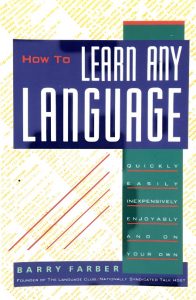
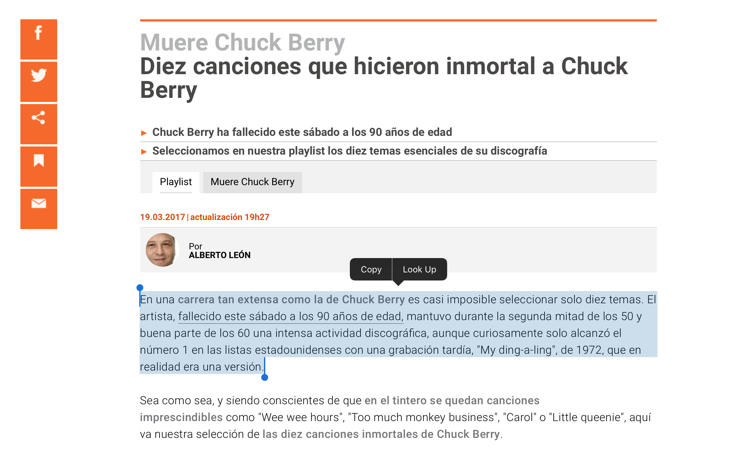
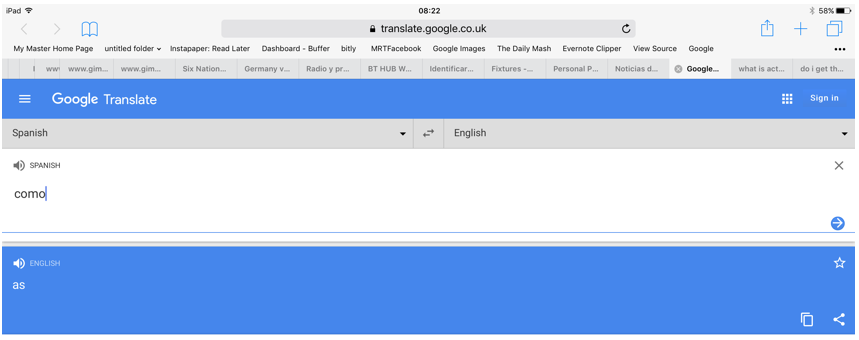

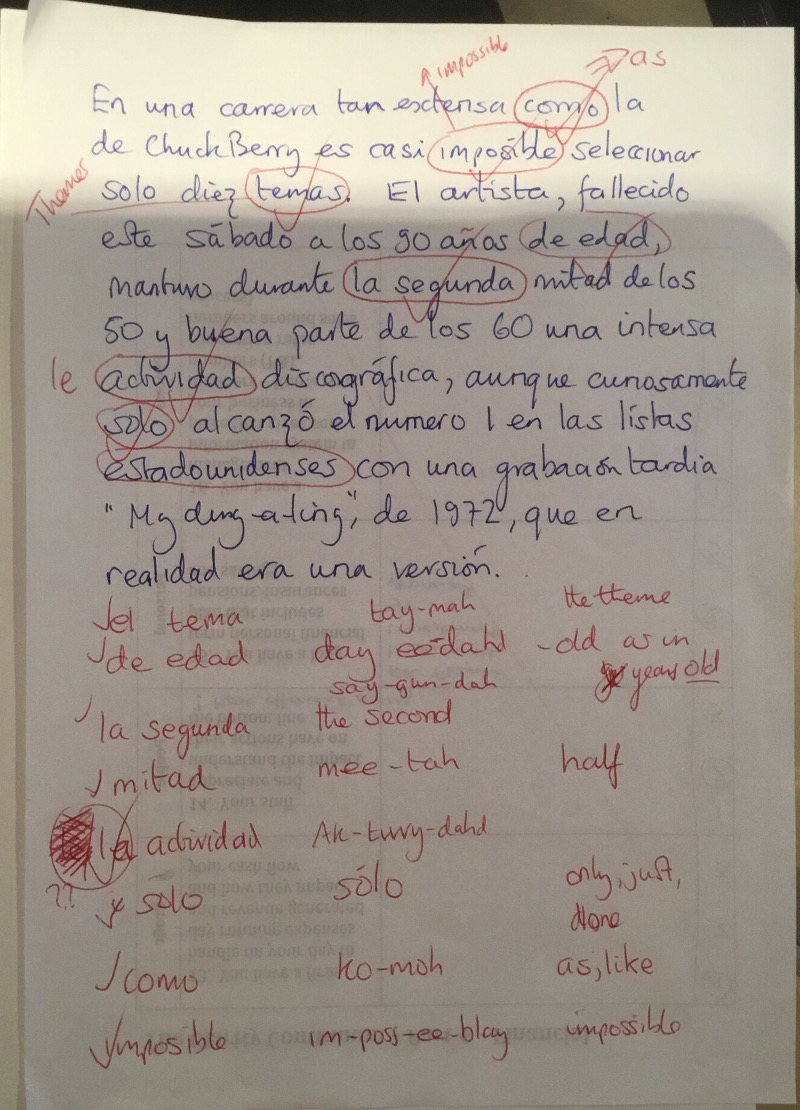
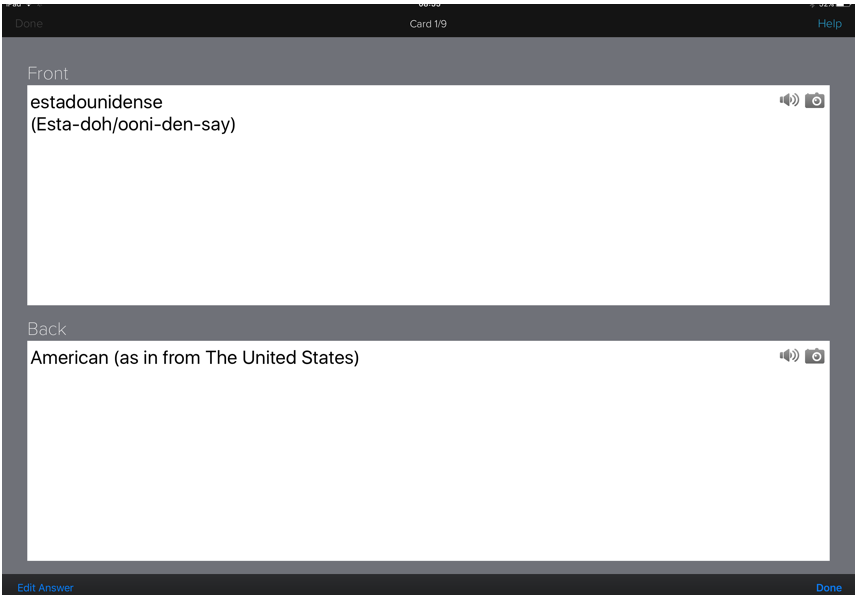
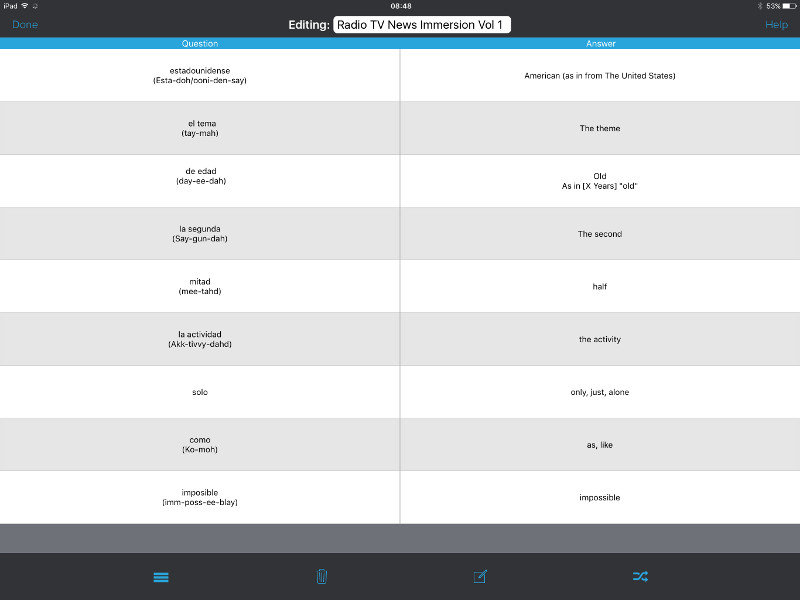
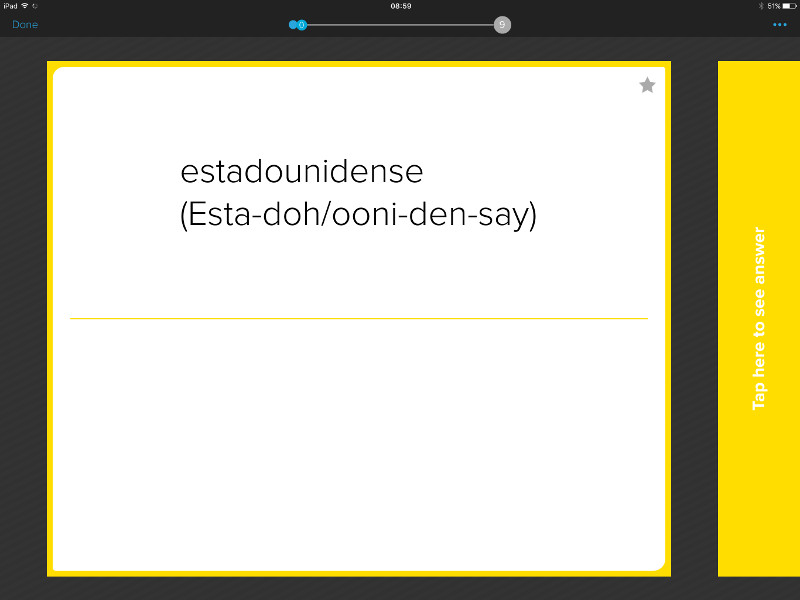
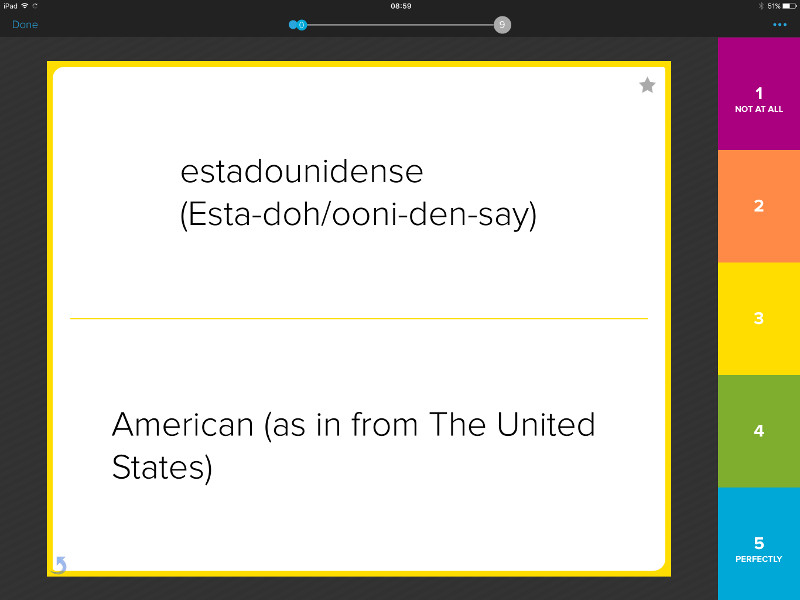
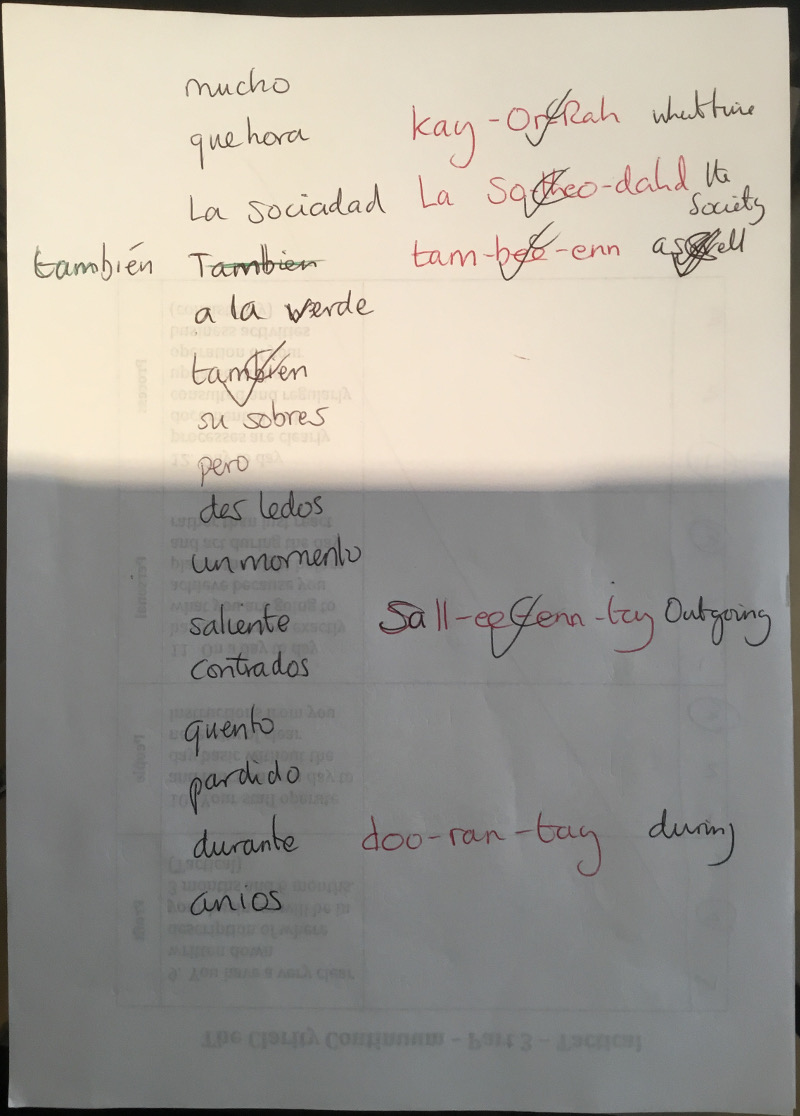






Leave A Response